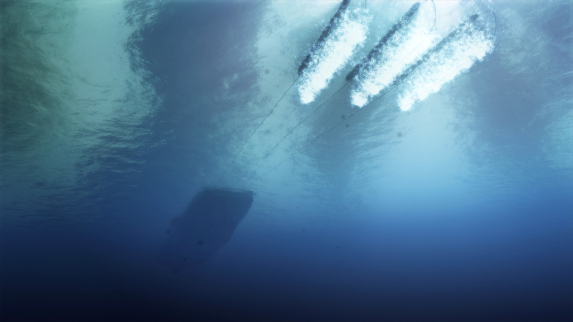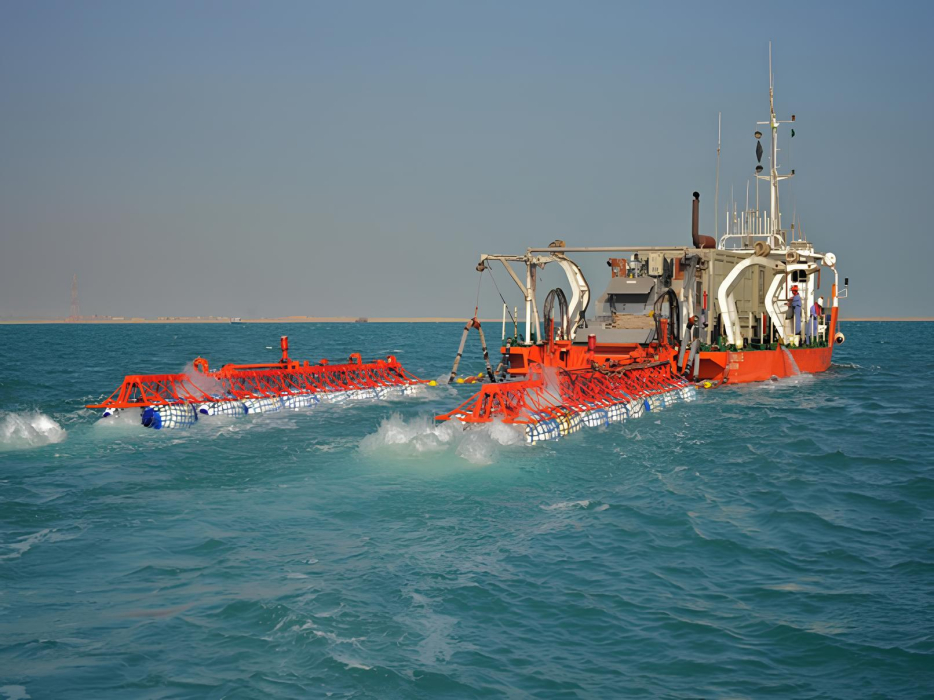Background
Sercel conducted a production QC for a benchmark on marine source technology, involving both conventional impulsive sources and the Gi-Source, to measure their acoustic performance and demonstrate their geophysical benefits. The survey was conducted in a very shallow water area. In this case, the benchmark was provided by the seismic operator; however, Sercel can supply onboard Field Service Engineers (FSE) when required.
Methodology
The QC parameters were validated remotely by our Sercel experts. The graph below shows a small deviation in time between the prediction and the record. This deviation could be attributed to variations in geometry, depth, or pressure, but it is most likely due to a different injection delay for a depth of 5 meters. The user manual recommends an injection delay of 44 ms. However, it seems that in the field, this parameter was set to approximately 37 ms.


Conclusions
From this, we can conclude that the GI-Source feature was used properly but could be improved. Additionally, the results included an evaluation of the sensitivity calibration of the Near-Field Hydrophones (NFH) based on accurate modeling of the source output. We also improved the calibration process to enhance sensitivity accuracy, which facilitated the benchmarking of the source technology.
